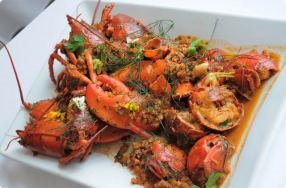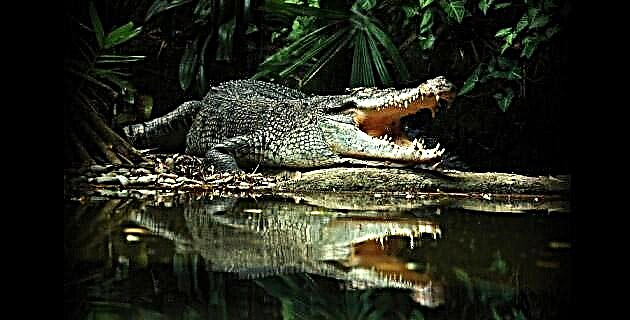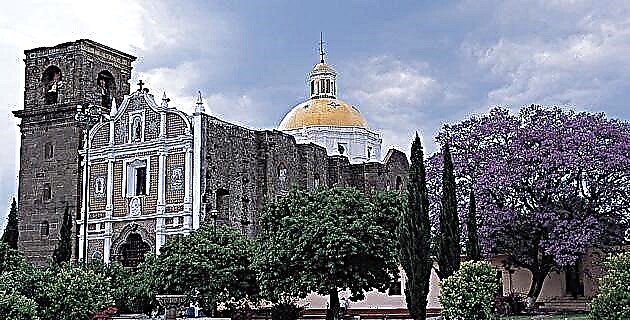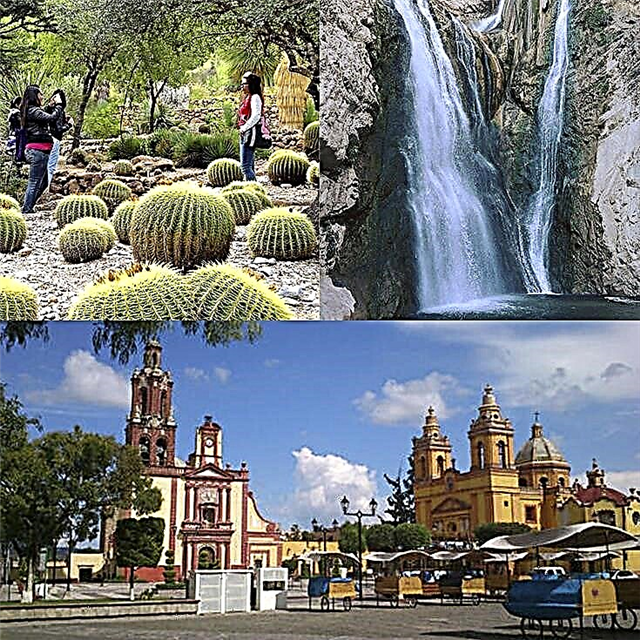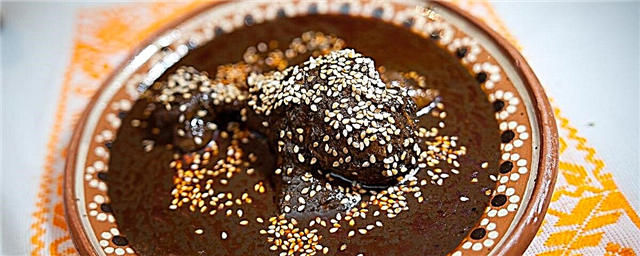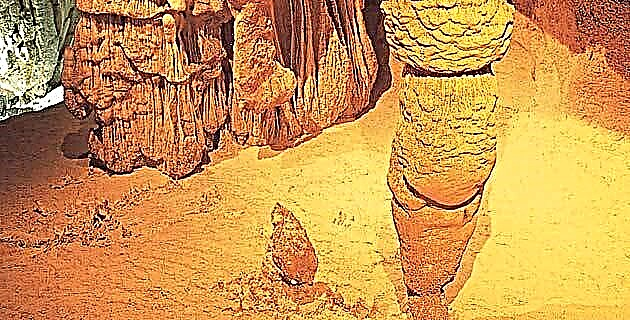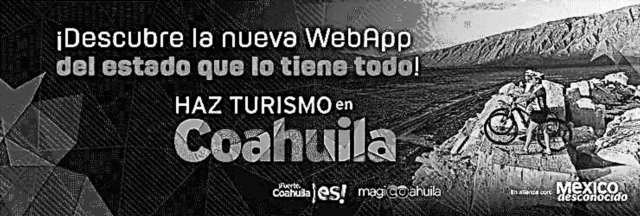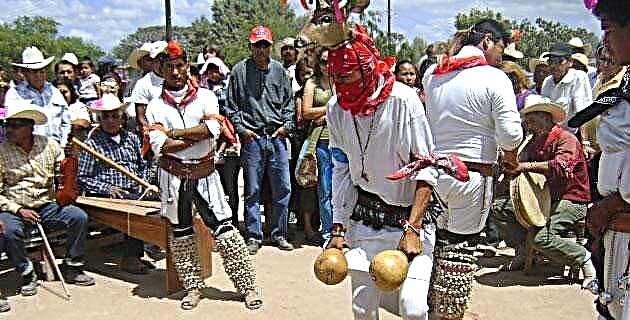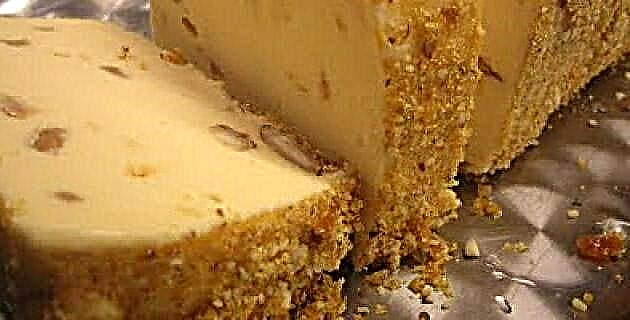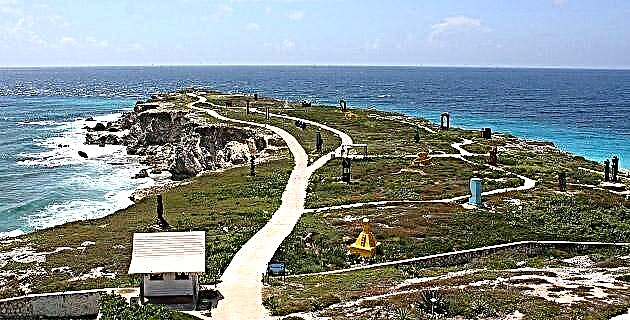
Punta Sur, in Isla Mujeres, Quintana Roo, is the first place in Mexico that the rays of the sun touch every morning.
There, facing the Caribbean Sea, in one of the most peaceful corners of the entity, a sculptural group emerges from the dark and joyful tropical nights on a cliff. Apparently, the name of Isla Mujeres is due to the discovery of female clay figurines that the conquerors found on their arrival in 1517. However, the first Spaniards arrived in 1511 during a shipwreck.
In “Isla”, as its inhabitants call it, almost everyone knows each other, so “we behave well,” a taxi driver commented when we were taking a walk. This corner of the Mexican southeast, a refuge for vacationers in search of rest and relaxation, has a privileged location; It is not that close to the exciting and glamorous life of Cancun, but not that far either; It is only separated by a pleasant five-kilometer (25-minute) ferry ride across a turquoise sea, where with luck you will see a dolphin.
In this picturesque town of about 11 thousand inhabitants, curious stories of pirates are told, as it was once a refuge for buccaneers and filibusters, such as the famous Captain Lafitte. However, the story that the islanders most like to tell is about the Hacienda Mundaca, which was built, according to the legend, by the pirate Fermín Mundaca in the extreme south of the island. Currently the farm is under reconstruction.
GREAT EVENT FROM A SMALL PLACE
In November 2001 the calm of daily life was interrupted by the arrival of a group of personalities from the world of national and international culture. The bustle of bicycles, light motorcycles and golf carts was accentuated. The island was celebrating.
The arrival of 23 sculptors from various countries was due to the launch of the Punta Sur Sculpture Park, an interesting cultural project and initiative of the well-known Sonoran sculptor Sebastián. Today, the park is still the novelty of the town and attractive to tourists, who calmly walk through it discovering and rediscovering the meaning of those three-dimensional forms that have nature in all its splendor as a background.
Although it was inaugurated on December 8, 2001, the artists worked months in advance. Some brought the pieces from their workshop in Mexico City and finished welding on the island with the help of local artists. The pieces were donated by Eduardo Stein, Eloy Tarcicio, Helen Escobedo, Jorge Yáspik, José Luis Cuevas, Manuel Felguérez, Mario Rendón, Sebastián, Pedro Cervantes, Silvia Arana, Vicente Rojo and Vladimir Coria, all from Mexico; Ahmed Nawar from Egypt; Bárbara Tieahro and Devin Laurence Field, from the United States; Dimitar Lukanov, from Bulgaria; Ingo Ronkholz, from Germany; Joop Beljön, from the Netherlands; José Villa Soberón, from Cuba; Moncho Amigo, from Spain; Omar Rayo, from Colombia; and Sverrir Olfsson from Iceland. All were summoned by Sebastián, promoter of the movement, and supported by local and state cultural authorities.
Parallel to the assembly work, the First Punta Sur International Sculpture Meeting was held, where various artists gave lectures on their art. The coordination and culmination of this dream was not easy, as the group of sculptors had to agree on a thousand details, such as materials, themes and dimensions of the works, crossing the sea with metals and tools, or the works already initiated, as well as working under the strong Caribbean sun. However, those who were close to the sculptors speak of the good disposition and camaraderie between them. Their only concern was corrosion. Environmental effects, such as the inevitable sun exposure, humidity and sea salt will fight the pieces, although their maintenance has already been planned.
THE JOURNEY
In the Sculpture Park there is also the shrine to Ixchel, Mayan goddess of fertility, patron of medicine, weaving, childbirth and floods. This archaeological vestige is the culminating piece of the route traced in the park, located next to Garrafón beach, one of the most visited by tourists.
The sculptures, today artistic and cultural heritage, measure up to three meters high; They are made of metal, painted in a variety of colors, from warm like orange, red and yellow to cool like blue and white, and neutral like black and gray. Most are contemporary in style with a marked trend for abstract art.
The birds have found the metal forms wonderfully, but in reality they are closer for the food and water placed in ingenious wooden pots at the foot of each sculpture.
The natural inclinations and declines of the rock were taken advantage of, which makes the views of the different marine landscapes and the not too far Cancun more pleasant. The place and position of each sculpture favors the landscape.
For this small island there are big plans: aquaculture projects and restoration of archaeological remains, golf courses, marinas and casinos. It is an unknown if they will come true or if the provincial calm will continue as it is today. However, more cultural projects are lacking such as the Punta Sur Sculpture Park, a success for this island of fishermen, where art coexists with nature in a beautiful environment.

